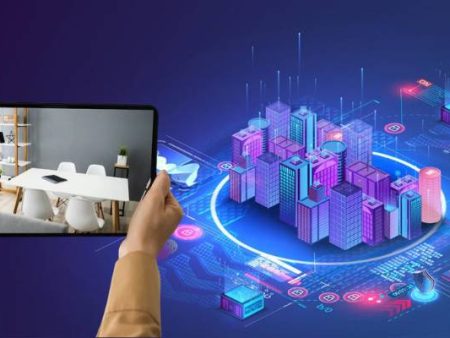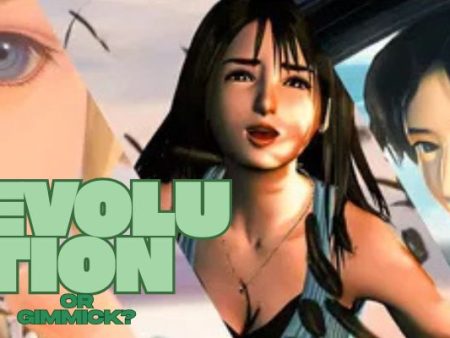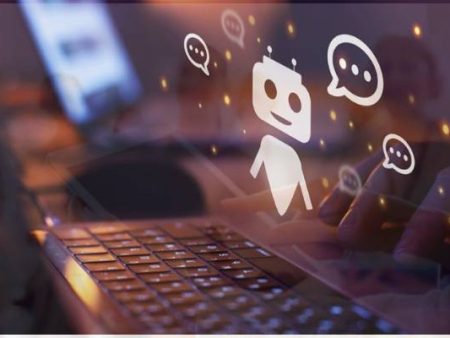If you’ve been scrolling through YouTube lately and thought, Wait, that person doesn’t seem real, you’re probably not imagining things. Virtual influencers—AI-generated personas with personalities, stories, and even “careers”—are stepping into the spotlight.
They’re not just lurking in the corners of Instagram anymore. They’re testing the waters of YouTube, one of the most human-driven platforms we have.
So, the big question: can these digital personas really compete with real creators? Or will they always feel like polished imposters in a space built on authenticity? Let’s break down what’s happening, what’s possible, and what’s worth worrying about.
What Exactly Are Virtual Influencers?
A virtual influencer isn’t just a cartoon or an animated character. They’re full-fledged AI-driven personas, designed with human-like qualities—voices, expressions, even backstories. Some are completely synthetic, while others are hybrids, managed by human teams that script their stories and interactions.
On Instagram, names like Lil Miquela and Shudu have already drawn millions of followers and landed brand sponsorships with heavy hitters like Prada and Samsung. Now, the battleground is shifting toward YouTube.
And it’s not hard to see why. YouTube rewards long-form storytelling, personality-driven content, and ongoing engagement—all areas where AI personas can, at least in theory, shine.
Why YouTube Is the Next Logical Step
Unlike TikTok or Instagram, YouTube is built around more than just visual polish. It thrives on narrative depth. Audiences want tutorials, reaction videos, vlogs, reviews, and personal commentary. That’s both the opportunity and the challenge for virtual influencers.
On one hand, YouTube offers endless space to develop complex personas. A digital influencer could “grow up,” “go on journeys,” or even evolve with feedback from fans. On the other hand, YouTube’s audience has a sharp radar for fakeness. If authenticity slips, viewers click away.
This makes YouTube both the riskiest and the most rewarding platform for AI-generated influencers to prove themselves.
The Technology Behind Virtual Personas
Let’s talk tech for a moment, because this isn’t just about flashy graphics. It’s about an ecosystem of AI innovations working together:
- AI-Driven Animation: Tools like Unreal Engine and real-time rendering software allow for near-cinematic visuals at relatively low cost.
- Voice Synthesis: AI-generated voices are no longer robotic. Companies like ElevenLabs and Resemble AI create natural intonations, pacing, and even emotional nuance.
- Scriptwriting Models: Large language models (similar to the tech behind ChatGPT) generate scripts, commentary, or responses to fan comments.
- Audience Interaction: Algorithms can learn from fan reactions, tailoring content to keep engagement high.
When you put all that together, you get a “person” who can talk about the latest Marvel movie, unbox products, or even respond to subscriber questions in real time.
A Personal Reaction
The first time I watched a virtual influencer on YouTube, I felt… conflicted. On one hand, I admired the craft—the seamless lip-sync, the voice that didn’t stumble, the crisp editing. On the other, I felt something missing. It was like eating a perfect-looking cake that somehow lacked flavor.
That moment stuck with me. It made me ask: do we love influencers because they’re polished, or because they’re messy, unpredictable, and human? That’s where AI stumbles. Flaws, after all, are often what make creators relatable.
Data on the Popularity of Virtual Influencers
This isn’t just anecdotal. Research shows momentum is real.
- The global market for virtual influencers is projected to reach $20 billion by 2030.
- 58% of social media users say they already follow at least one virtual influencer, even if they don’t always realize it.
- Brands report that virtual influencers often yield higher engagement rates than their human counterparts, partly because of the novelty factor.
These stats suggest audiences are more open to the idea than we might assume. And YouTube—with its scale and ad-driven monetization—could become the ultimate stage.
Storytelling as the Key Advantage
One of the strengths of virtual influencers is their limitless potential for storytelling. A human influencer can only be in so many places at once.
But a virtual persona? They can travel to space tomorrow, or collaborate with an alien musician, or narrate a fantasy quest—all without leaving the rendering software.
Think about it: a YouTube creator who can reinvent themselves every week with zero physical constraints. That’s both powerful and unsettling.
But What About Authenticity?
Here’s where the debate gets heated.
Authenticity is the currency of YouTube. Viewers don’t just want content—they want a connection. They subscribe because they trust the creator. They laugh at their bloopers, they listen to their rants, they root for their milestones.
Can a virtual influencer offer that? Maybe, if we redefine what authenticity means. Perhaps authenticity doesn’t have to mean “real human,” but rather “consistent persona.”
If a digital character is transparent about being virtual yet consistently delivers relatable, valuable content, could they earn that trust? I think so—but only if they avoid the uncanny valley of pretending to be something they’re not.
Beyond Entertainment: Other Applications
It’s worth noting that the technology powering virtual influencers isn’t just for fun. It’s bleeding into other industries too:
- AI Video for Education: Teachers and institutions are experimenting with AI avatars to deliver lessons, making content more engaging and accessible across languages.
- AI-Generated Training Videos: Companies are creating training modules at scale, using AI presenters to standardize content delivery.
- How AI Is Reshaping News: Some news outlets already use AI avatars as anchors, delivering updates around the clock without fatigue.
The lessons from these fields suggest that audiences can accept, even embrace, virtual presenters—if they deliver value and clarity.
Ethical and Cultural Concerns
Still, it’s not all opportunity. Virtual influencers raise real ethical questions:
- Disclosure: Should audiences always know they’re watching a digital persona? (I say yes.)
- Representation: Who designs these personas, and what biases might they embed?
- Employment: If brands hire avatars, what happens to the real creators who might have filled that role?
These aren’t small concerns. And ignoring them could spark backlash, especially on a platform as vocal as YouTube.
Virtual Influencers vs. Human Creators
Will AI influencers dominate YouTube? Dominate is a strong word. I think they’ll carve out niches—entertainment, brand collabs, maybe even gaming. But will they replace the messy, heartfelt vloggers who share their lives unfiltered? I doubt it.
People crave connection, and AI can’t replicate the experience of watching someone genuinely laugh, cry, or stumble through a bad day. That vulnerability is what hooks us. And no matter how advanced the algorithms get, faking it feels hollow.
A Glimpse into the Future
That said, I wouldn’t underestimate the potential. Imagine hybrid channels where a human creator co-hosts with a virtual persona. Or influencer “families” made up of digital siblings, each appealing to different demographics.
And then there’s the inevitable experimentation with genres. Educational channels powered by avatars. Virtual comedians. Digital activists raising awareness. The possibilities are vast, and some of them might surprise us by feeling more human than expected.
My Closing Thoughts
The rise of virtual influencers isn’t just a gimmick—it’s a glimpse into how digital identity is evolving.
On YouTube, they may not dethrone human creators anytime soon, but they will reshape the ecosystem. They’ll test our ideas of authenticity, redefine storytelling boundaries, and force us to think about what connection really means in a digital age.
Do I think they can dominate YouTube? In certain spaces, yes. But in the long run, I believe they’ll coexist with human creators rather than replace them. Because as much as we marvel at AI, we still yearn for the messy, flawed, unpredictable beauty of human presence.
And maybe, just maybe, that balance is what will keep YouTube—and storytelling itself—worth watching.


